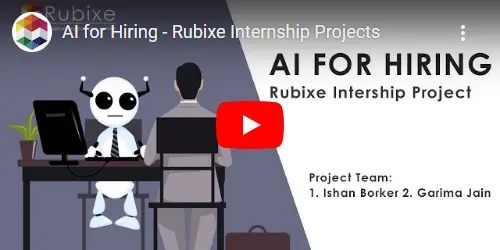This document outlines the implementation and functionalities of an AI-based interview system. The system uses voice technology to ask candidates questions, records their responses, transcribes the audio using a transcription model, and evaluates the answers using a large language model (LLM). This platform provides an efficient, scalable, and consistent solution for conducting interviews.
The primary objectives of this system are:

The AI-based interview system consists of the following core components: